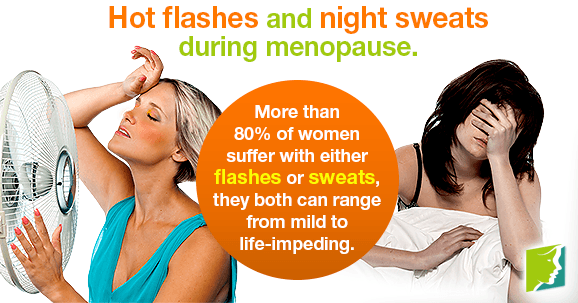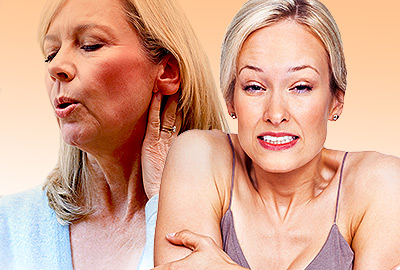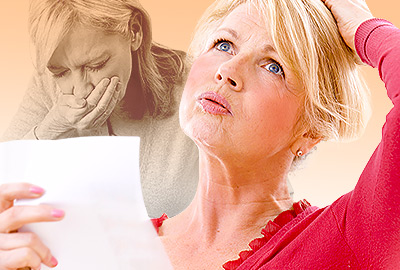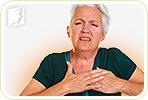Hot flashes and night sweats are menopause symptoms that go hand in hand; in fact, night sweats are often described as the "nocturnal cousin" of hot flashes. Both symptoms involve a sudden increase in body temperature, flushing of the skin, and excessive sweating. By day, this can leave you feeling flustered and clammy; by night, this can prevent you from enjoying a restful sleep. It's helpful to understand why you are experiencing hot flashes and night sweats during your menopause years. Here are the things you need to know.
Hot Flashes and Night Sweats Are Primarily Caused by Hormone Changes
During perimenopause - the years just prior to menopause - a woman's body begins to produce less estrogen in preparation for stopping menstruation altogether. Decreased estrogen levels upsets the balance of hormones in the body and trigger a series of internal activities which causes the hypothalamus - the section of the brain that controls body temperature - to inaccurately detect increased body temperature. The body then reacts to cool down, which it does by expanding blood vessels near the surface of the skin (i.e., flushing) and by producing sweat.
These Are Two of the Most Common Symptoms of Menopause
More than 80% of women suffer with either hot flashes or night sweats during perimenopause, and as the symptoms are so similar in terms of sensation, causes, triggers, and treatment, if you experience one, you will most likely experience the other, too. Flashes and sweats can range from mild to life-impeding. Keep reading for things to know about lifestyle adjustments that can reduce the severity of these symptoms.
Flashes and Sweats Are Also Triggered by External Factors
Though hormonal imbalances are the root cause of hot flashes and night sweats, external factors can trigger the symptoms, too. Alcohol induces sweating because the body treats it as a toxin. When it cannot metabolize alcohol particles, the body passes alcohol through the skin as sweat. Caffeine is another trigger; it stimulates internal activity and raises body temperature, which may trigger flashes or sweats. Similarly, hot rooms or environments and spicy foods also increase body temperature, prompting flushing and sweating.
Phytoestrogens Can Help
If you incorporate phytoestrogens into your diet, you could reduce the intensity of hot flashes and night sweats. Found in nuts, seeds, and soy products (e.g., soymilk and tofu), phytoestrogens replace depleted levels of estrogen in the body to help regulate internal imbalances and reduce hormone-driven symptoms, including flashes and sweats. Click here to discover other dietary and lifestyle adjustments that could reduce hot flashes and night sweats.
Herbal Remedies Can Help
Herbs have been successfully used for centuries to treat menopause symptoms, particularly black cohosh and dong quai. Both served in either infusion or supplementary form, these herbs have an estrogen-like function that replaces lost levels of estrogen to minimize flashes and sweating derived from imbalances hormones. To learn more about herbal remedies and alternative therapies to address these symptoms, click here.
Dealing with hot flashes and night sweats can be stressful and stop you from feeling fresh, so it's helpful to understand why this is happening during menopause and to ready yourself for experiencing the symptoms. Keep a cool bedroom at night and wear layers that you can easily remove rather than one heavier garment during the day. Understanding and preparing for these symptoms allows you to deal with them confidently and without stress.
Sources
- National Health Service UK. (2012). Symptoms of the menopause. Retrieved January 31, 2014, from http://www.nhs.uk/Conditions/Menopause/Pages/Symptoms.aspx
- North American Menopause Society. (2012). Treating hot flashes. Retrieved January 31, 2014, from http://www.menopause.org/docs/for-women/mnflashes.pdf




